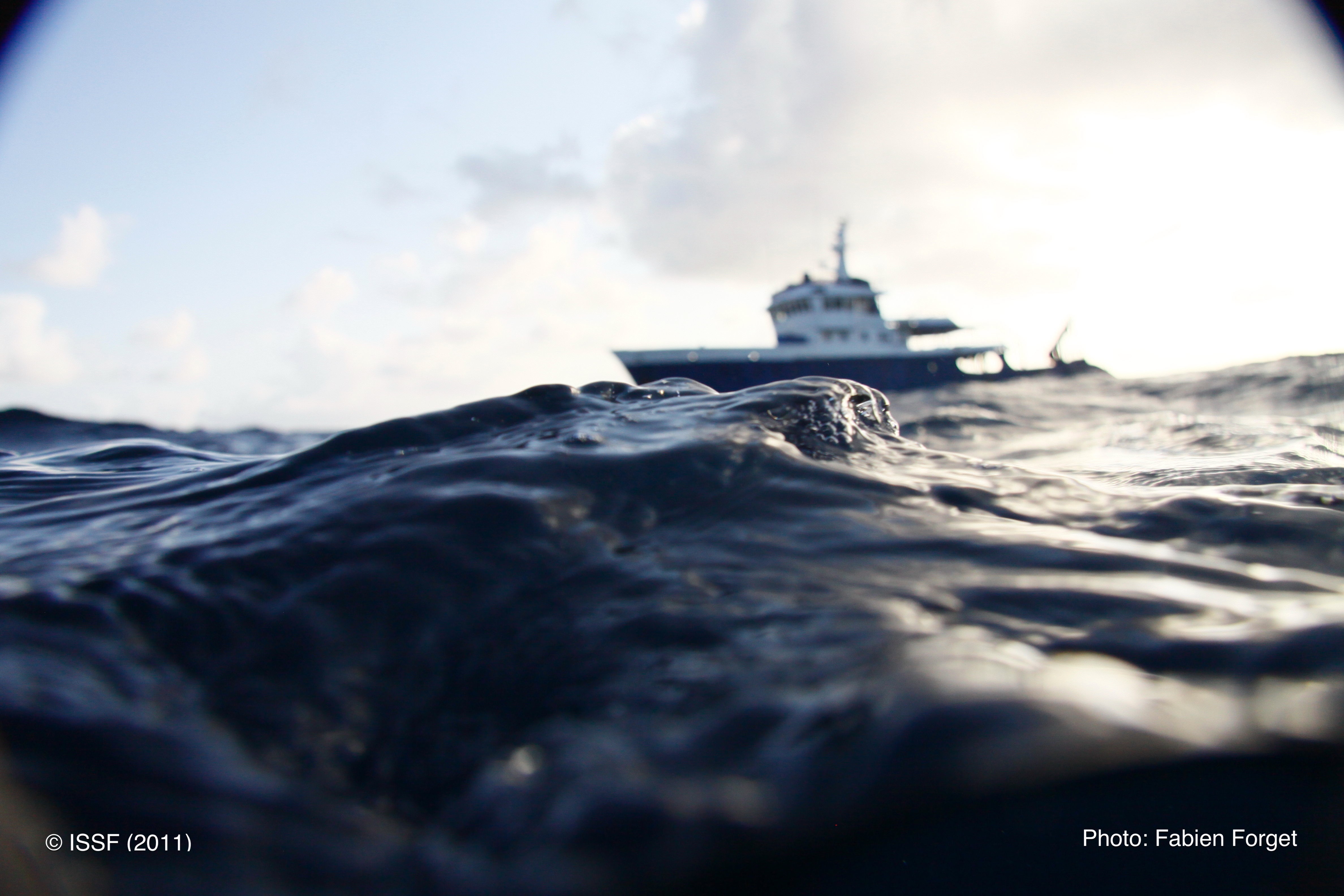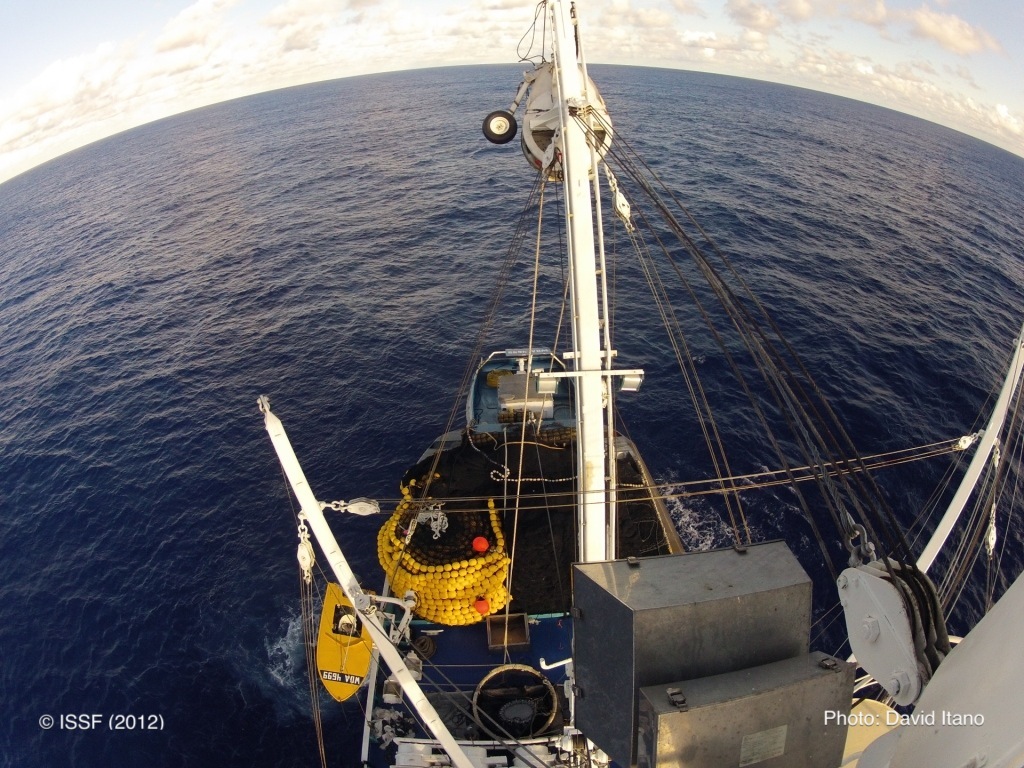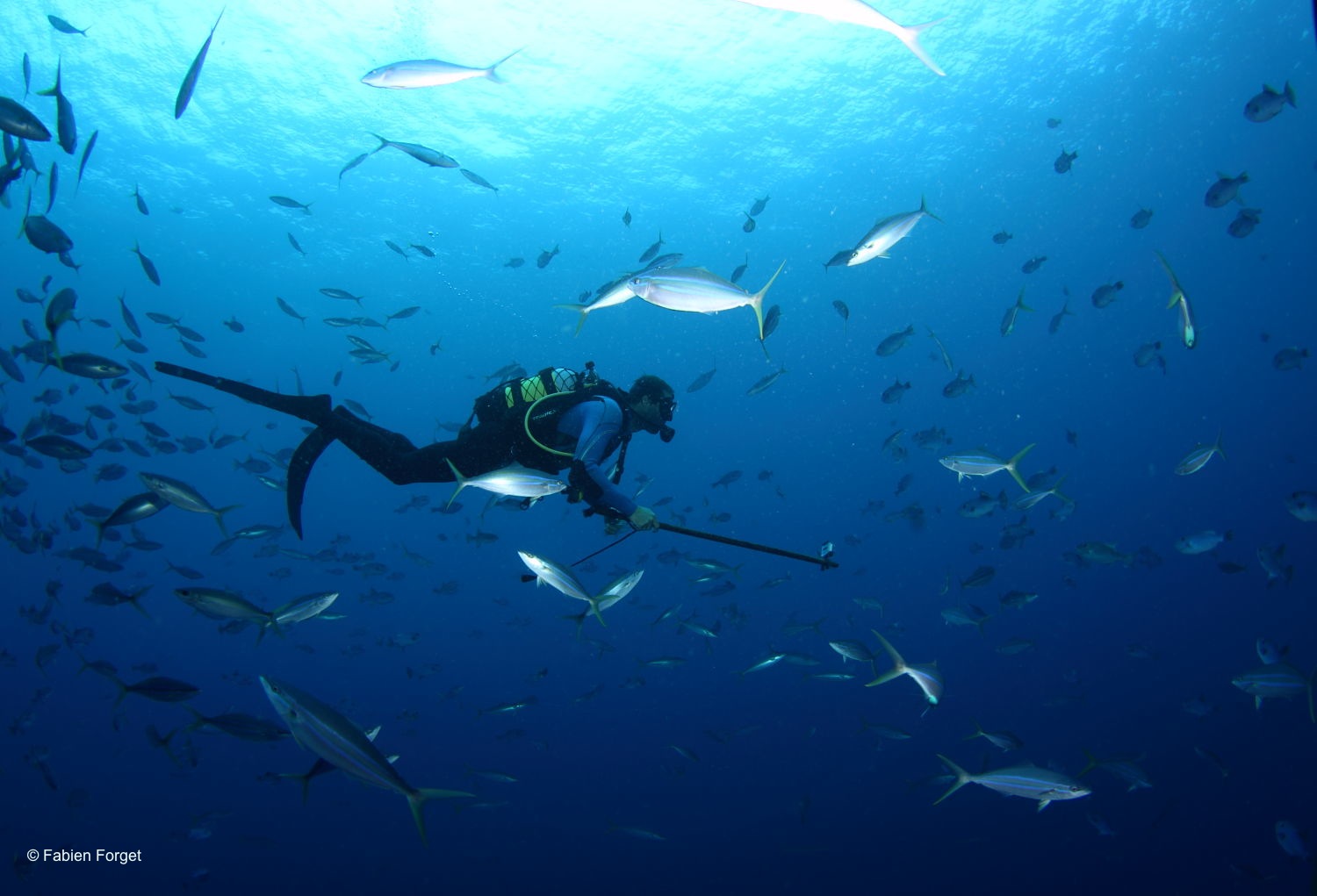
Is Catching Immature Fish Truly Unsustainable?
There is a widespread perception that catching immature, smaller fish is a very bad thing. Several consumer and retailer guides assign a negative score to those fisheries that catch a non-trivial amount of these fish — five percent, for example. The expectation that protecting immature fish will automatically result in increased sustainability is well entrenched in fisheries science and management as well. But this perception may not always be well founded.
Protecting immature fish is one of the many tools available in fisheries management. Like closed areas, fishing effort limits, and TACs (total allowable catch), size limits are one of many tools in the fishery management toolbox. The concept is anthropocentrically appealing — “do not eat ‘baby’ fish” — and very easy to communicate. Let every fish spawn at least once, the thinking goes, and the population’s continuity will be guaranteed forever, no matter what.
But in fisheries management, like so many things in life, there is not one silver-bullet solution to all issues.
Stock Assessment Is a Factor
We agree that, under some circumstances, protecting immature fish can make a lot of sense as a primary management tool.
For example, if all we knew about the biology of a species was the age (size) at maturity, then letting the fish reproduce before becoming available to the fishery would guard against all the other things we didn’t know. But this is not the case for fish stocks that are regularly assessed and managed. We know a lot more about them, not only in terms of biological characteristics, but also whether the overall rate of exploitation is too high.
The fact is that a fish stock can become overfished by taking too many immature fish, by taking too many adults, or by taking too many of both. To put it another way, it is bad to catch too many of tomorrow’s spawners, but it is also bad to take too many of today’s spawners.
In addition, bigger, older fish usually produce much more offspring than first-time spawners. A big cod, for example, of 1 m in length produces about 80 times more eggs than a 35 cm female – although both are considered mature — just because of the much bigger body and thus bigger gonads.
Selective Fishing and the Impact on Stock Health
The same goes for tunas. There is also evidence that the survival rate of eggs spawned from older fish is higher than that from younger ones: Fish might learn how to optimize the chances of their offspring. This would increase the contribution of big fish to the overall number of recruits even more.
A good fishery management has to ensure the catch of the stock by allowing enough recruits to enter the spawning component of the population, including by ensuring that enough big spawners escape. The stock assessment models take into account all of the catches — immature and adult fish — and are used to define how much is enough. If the abundance of spawners is at a level that can produce Maximum Sustainable Yield, then the stock will safely avoid reaching a level that could endanger its continuity. In other words, it might be totally all right to “eat babies” if at the same time we can ensure a few big fish survive.
Importantly, targeting only the biggest fish can also have adverse effects on the stock. Such selective fishing favors smaller, earlier maturing fish within a population. After a number of generations, this can lead to a younger age at first maturity, as demonstrated e.g. in Barents Sea cod. The concept is known as “fisheries induced evolution” (Law & Grey 1989, Diekmann & Heino 2007, Jørgensen et al 2007).
Because the number of spawners can remain constant while their contribution of recruits is reduced, earlier maturation masks the effect of overfishing on those stocks. At the same time, earlier maturation makes the stocks more vulnerable to environmental fluctuations because there is no buffer of experienced, highly productive females. This effect might not be reversible in the short term, even if the fishing pressure is reduced.
Different Types of Overfishing
We would also like to explore another issue of concern to fisheries management that is often confused with that of immature fish — specifically, the catch of individuals of a species when they are very small compared to the sizes that they could attain.
For every fish population, there is a particular size where the difference between growth in biomass and losses from natural predation reaches a maximum point. Theoretically, the highest yields would occur when all the fish are caught at this optimum size. If they are caught when they are smaller, yields will be sub-optimal — this is known in fisheries science as growth overfishing.
Unfortunately, the terms “growth overfishing” and “abundance overfishing” share one big word in common — overfishing — which may be one of the causes of confusion. But they are not the same thing. Growth overfishing does not automatically result in overfishing of the stock’s spawning biomass; it relates more to economics and allocation than it does to biological sustainability.
Growth overfishing occurs with many yellowfin and bigeye tuna fisheries, especially with purse seining on floating objects and in pole-and-line fisheries. Reducing the catches of small yellowfin and bigeye in these fisheries, while increasing the catches in other fisheries that are more selective towards larger individuals (e.g. longlining), would result in higher long-term potential yields. When discussing this as part of a management strategy, it would be much more appropriate to use a term such as “undesirably small” tunas instead of “immature” or “juvenile” tunas so as to not confuse the two issues.
In short, for managed stocks, it is not very useful to focus on avoiding the catch of immature individuals as the only thing that matters. It is much more useful to clearly articulate management objectives, including allocation between fisheries; to define limit and target reference points; and to use robust harvest control rules to drive sustainability.
Dr. Christopher Zimmermann is Director of the Thünen Institute of Baltic Sea Fisheries in Rostock, Germany. Dr. Kristina Barz is a fisheries scientist at the Institute. Dr. Restrepo is Vice President of Science at ISSF.
Additional reading and viewing
More Protection for the Big Ones, on phys.org
The One That Got Away (Size Matters), by Minute Earth
References
Law, R. & Grey, D.R. 1989. Evolution of yields from populations with age-specific cropping. Evol Ecol. 3: 343-359
Diekmann, U. & Heino, M. 2007. Probabilistic maturation reaction norms: their history, strengths, and limitations. Review. Mar Ecol Prog Ser 335: 253-269
Jørgensen, C. et al. 2007. Managing evolving fish stocks. Science 318: 1247-1248


